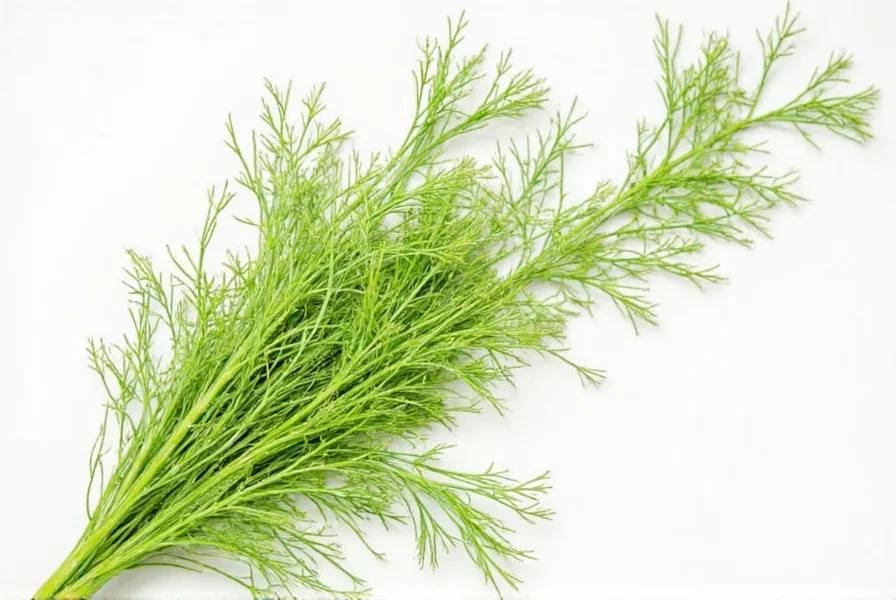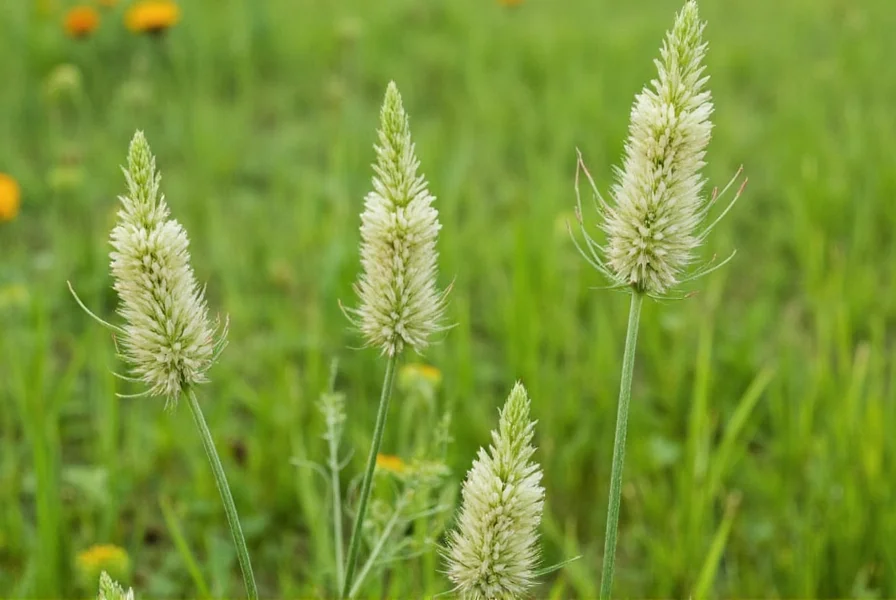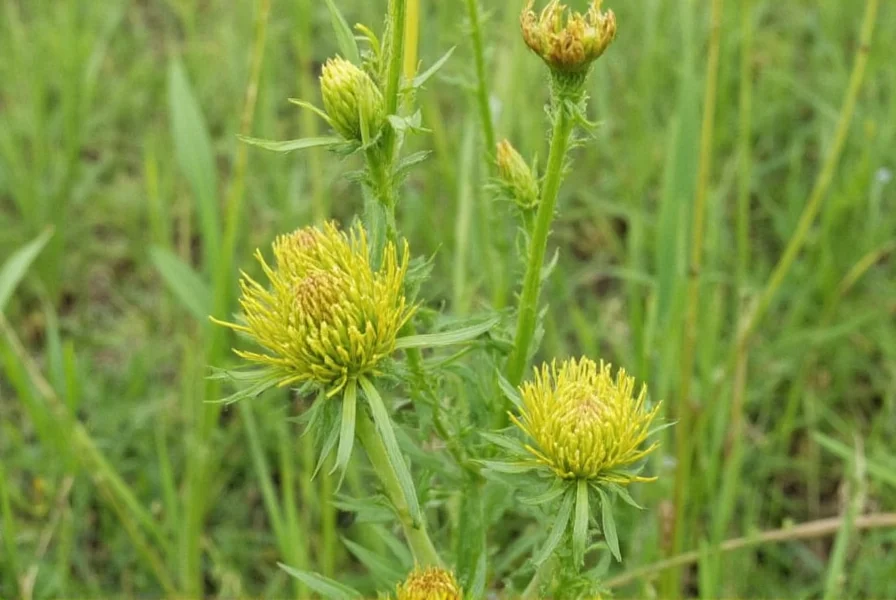Foraging for wild fennel requires careful identification to avoid dangerous botanical twins. This comprehensive guide details how to safely identify, harvest, and utilize this versatile edible plant while highlighting critical safety considerations every forager must know.
Identifying Wild Fennel: Key Characteristics
Correct identification is non-negotiable when foraging wild fennel. Misidentification could lead to accidental poisoning from similar-looking toxic plants. Focus on these definitive features:
| Feature | Wild Fennel | Poison Hemlock (Deadly Look-alike) |
|---|---|---|
| Scent | Strong anise/licorice aroma when crushed | Musty, unpleasant odor resembling mouse urine |
| Stem | Solid, smooth, often bluish-green | Hollow with distinctive purple splotches |
| Leaves | Finely dissected, feathery, bright green | Finely divided but darker green |
| Flowers | Yellow, arranged in flat-topped clusters | White, umbrella-shaped clusters |
The scent test provides the most reliable field identification method. Always crush a small leaf fragment between your fingers before harvesting—authentic wild fennel releases an immediate licorice fragrance. Never consume any plant without confirming this characteristic aroma.

Edible Parts and Harvesting Guidelines
Wild fennel offers multiple edible components throughout its growing season, each with distinct harvesting windows and culinary applications:
- Young shoots (early spring): Harvest tender new growth before flowering. These have the mildest flavor and work well in salads or as garnishes.
- Fronds (late spring to summer): The feathery leaves intensify in flavor as the plant matures. Ideal for flavoring fish dishes, salad dressings, and herb blends.
- Flowers (mid-summer): Delicate yellow blossoms add visual appeal and subtle anise notes to salads and desserts.
- Seeds (late summer to fall): The most potent part, perfect for spice blends, baking, and herbal teas. Harvest when seeds turn from green to brown.
When harvesting wild fennel for culinary use, select plants growing away from roadsides and agricultural areas to avoid contamination from pollutants or pesticides. Cut only what you'll use immediately, taking no more than one-third of any single plant to ensure sustainability.
Safety Considerations for Wild Fennel Foraging
Understanding wild fennel safety protocols prevents potentially fatal mistakes. While fennel itself is non-toxic, its resemblance to poison hemlock (Conium maculatum) creates significant risks:
Never harvest plants with purple-spotted stems or white flowers—these indicate poison hemlock, which contains coniine alkaloids that can cause respiratory failure. Children and pets face particular risks from accidental ingestion. If you experience dizziness, nausea, or muscle weakness after handling wild plants, seek medical attention immediately.
Individuals with known allergies to plants in the Apiaceae family (carrots, celery, parsley) should exercise caution with wild fennel. Pregnant women should limit consumption as high doses of fennel may stimulate uterine contractions.
Culinary Applications of Wild Fennel
Wild fennel's complex flavor profile—more intense than cultivated varieties—enhances numerous dishes. The entire plant offers versatile culinary possibilities:
Chefs specializing in foraged ingredients recommend using young wild fennel shoots in risottos and pasta dishes, where their delicate texture absorbs surrounding flavors while contributing subtle anise notes. Mature fronds work exceptionally well in fish marinades, with the natural oils helping to neutralize any fishy odors. The seeds, when lightly toasted, develop deeper flavor complexity ideal for spice rubs and bread baking.
For preservation, many foragers create wild fennel-infused vinegars by steeping fresh fronds in quality white wine vinegar for two weeks. The resulting aromatic vinegar elevates salad dressings and vegetable preparations throughout the year.

Ecological Impact and Sustainable Foraging
While wild fennel provides valuable foraging opportunities, its ecological impact varies by region. In California and Australia, it's considered an invasive species that outcompetes native flora. Responsible foragers should:
- Check local regulations regarding wild plant harvesting
- Avoid protected areas and private property
- Harvest only abundant populations away from sensitive ecosystems
- Take only what you'll use to prevent waste
Sustainable wild fennel harvesting actually helps control this plant in regions where it's invasive. By removing seed heads before they mature, foragers can prevent further spread while enjoying this flavorful herb.
Frequently Asked Questions
Can you eat wild fennel raw?
Yes, all parts of wild fennel are edible raw. Young shoots and fronds work well in salads, while seeds can be sprinkled directly onto dishes. The raw flavor is more intense than cultivated fennel, so start with small amounts to assess your tolerance for the strong anise notes.
How do you store harvested wild fennel?
Store fresh wild fennel fronds wrapped in slightly damp paper towels inside a sealed container in the refrigerator for up to one week. For longer storage, freeze chopped fronds in ice cube trays with water or oil. Dry seeds thoroughly before storing in airtight containers away from light and heat for up to one year.
Is wild fennel the same as fennel weed?
Yes, wild fennel (Foeniculum vulgare) is commonly called fennel weed, common fennel, or sweet fennel. It's the same species as cultivated fennel but grows naturally without human intervention. Wild varieties typically have stronger flavor and more fibrous textures than garden-grown counterparts.
When is the best time to harvest wild fennel seeds?
Harvest wild fennel seeds in late summer to early fall when they turn from green to brown but before they naturally disperse. The optimal window is when seeds feel dry but haven't yet fallen from the flower head. Morning harvest after dew has evaporated yields the cleanest seeds with best flavor retention.
Can wild fennel cause allergic reactions?
While rare, some individuals may experience allergic reactions to wild fennel, particularly those with existing sensitivities to plants in the Apiaceae family (carrots, celery, parsley). Symptoms may include skin irritation, digestive discomfort, or respiratory issues. If you're trying wild fennel for the first time, consume a small amount initially to assess your tolerance.











 浙公网安备
33010002000092号
浙公网安备
33010002000092号 浙B2-20120091-4
浙B2-20120091-4